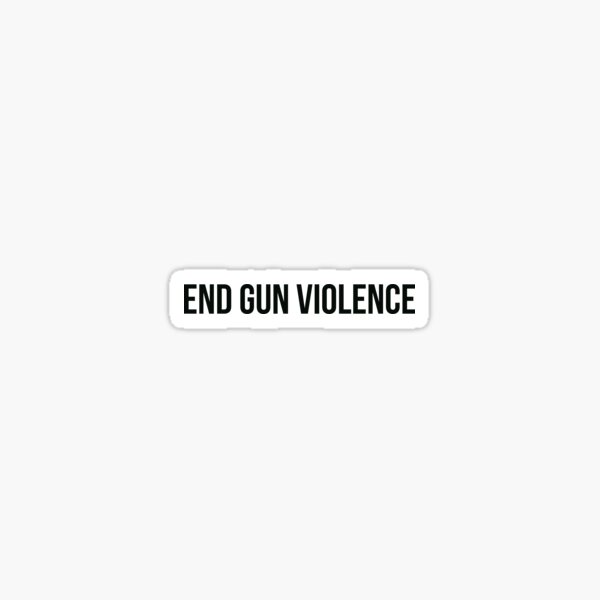For the past year, most reports seem to be on the recent mass shootings and the steps needed to stop further ones. Some call for more gun control, while others say that more background checks need to be done on those buying guns. Nevertheless, what is the best way to stop these terrible massacres?
Most Americans favor and support stricter gun laws in every aftermath of mass shootings. However, the possibility of these laws ever being put into place are slim. In fact, the difference in political views in Congress is the reason that very minimal changes have been put in place.
But, no matter what side of the aisle one stands on, Americans can agree on one thing: the nation’s gun debate is more influenced by partisanship than public safety. There is bipartisan backing for actions that are used for people: background checks and a “red flag law”; this law allows authorities to take away weapons from a person if they pose a threat to hurt themselves or others.
In fact, Suffolk County leads New York State in the amount of “red flag” cases issued. Since taking effect in 2019, this law has diffused dozens of dangerous situations. While there is an agreement on this law, there are still schisms on what to do with guns themselves. Democrats feel that a mix of gun restrictions— including banning specific guns that are typically used in shootings— as well as background checks and mental health services will help lay this crisis to rest.
On the other hand, Republicans disapprove of any sort of banning and instead believe that more allowance for “law-abiding” people to carry guns, more armed security, and better mental health screening will prevent any more attacks. The differences in political beliefs are not the only problem standing in the way of stopping the shootings; a lack of research is also a concern.“Mass shooting research is a very small portion of gun violence research,” says Michael Anestis, executive director of the New Jersey Gun Violence Research Center at Rutgers University. The reason for this small amount of analysis is because mass shootings only account for less than 1% of the estimated 40,000 people killed by guns in the country every year. This statistic is truly sickening. “They’re horrific, they are all too common, and yet, it’s just the very tip of the iceberg, right?” comments Anestis.
Although the entire gun violence area of research is significantly ignored, some studies still have findings on what can be done to stop mass shootings. “We did find two policies that had significant protective effects in lowering rates of fatal mass shootings,” says Daniel Webster, co-director of the Johns Hopkins Center for Gun Violence Solutions. One policy requires that any gun purchaser goes through a licensing process, which requires the person to interact directly with law enforcement. Another was state bans on buying ample ammunition-feeding devices that are used along with weapons.Another study done by David Hemenway, director of the Harvard Injury Control Research Center, revealed that age restrictions may be helpful; the peak age of gun offenses is ages 18-21. Webster also comments that his research does not show that background checks decrease the number of mass shootings.
Different routes can be taken to stop gun violence, and most Americans just want the problem to stop, no matter how. In times like this, actions need to be taken. At the same time, Americans cannot necessarily change what happens in Congress. Still, all can come together and rally against the gripping “plague” that is taking over our nation— gun violence.
